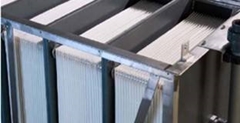Without proper operation and maintenance,
the service life of Multi Plate Screw Press (Hereinafter referred to as MSP)
will be reduced in the long run. Therefore, it’s significant for end users to
maintain and operate the machine in a right way, which can not only maintain good
performance, but also improve the working efficiency and reduce economic
losses.
Key Points: Improper Operation + Daily
Check + Maintenance + Trouble Shooting
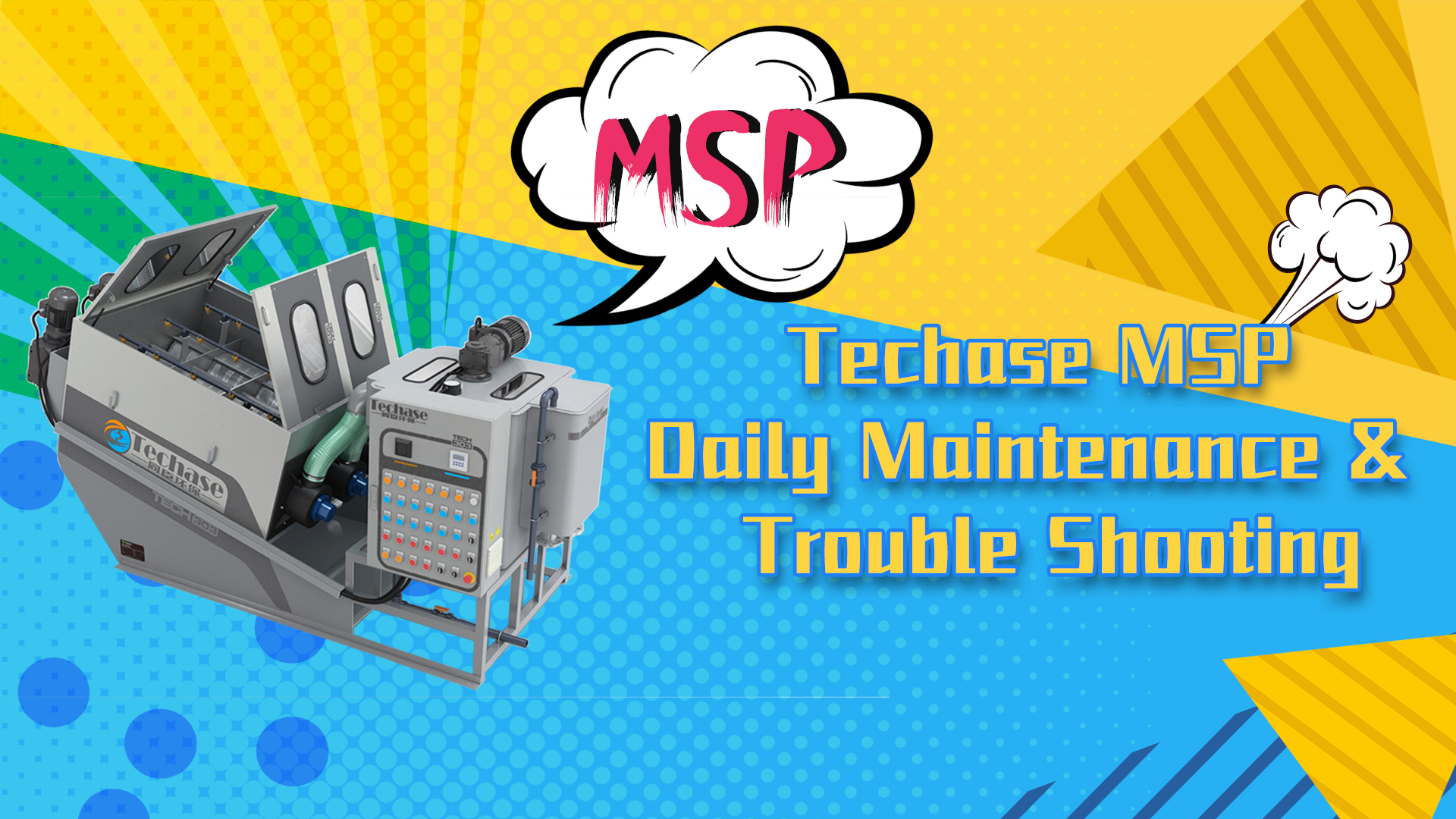
Improper Operation Causes High Failure Rate
Situation 1: Unscheduled Maintenance
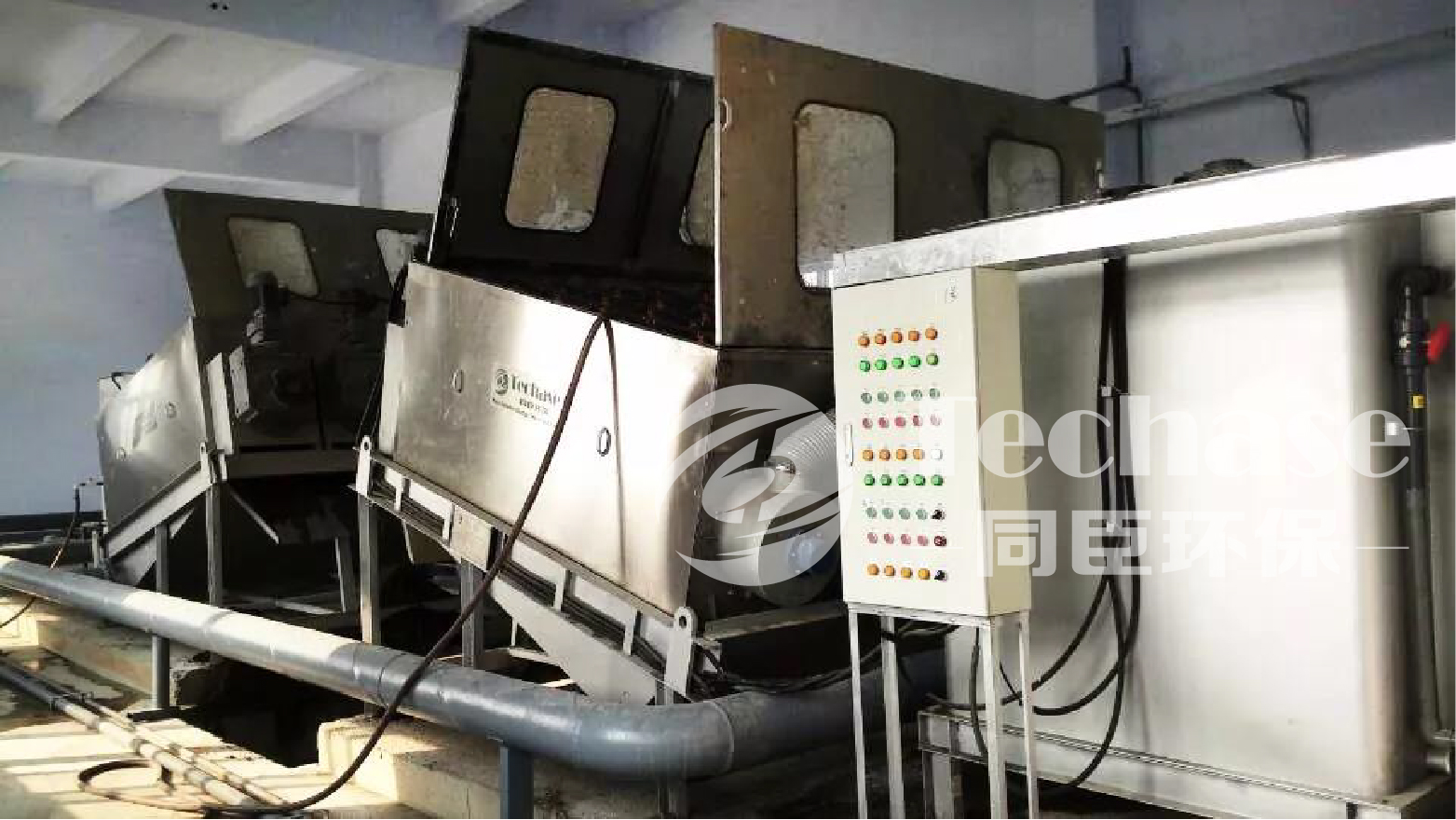
According to statistics, 85% failure rate
of MSP is caused by unscheduled or improperly maintenance. The key point to
prolong the service life of MSP and improve the working efficiency is to do
scheduled maintenance.
Situation 2: Overload Input Sludge
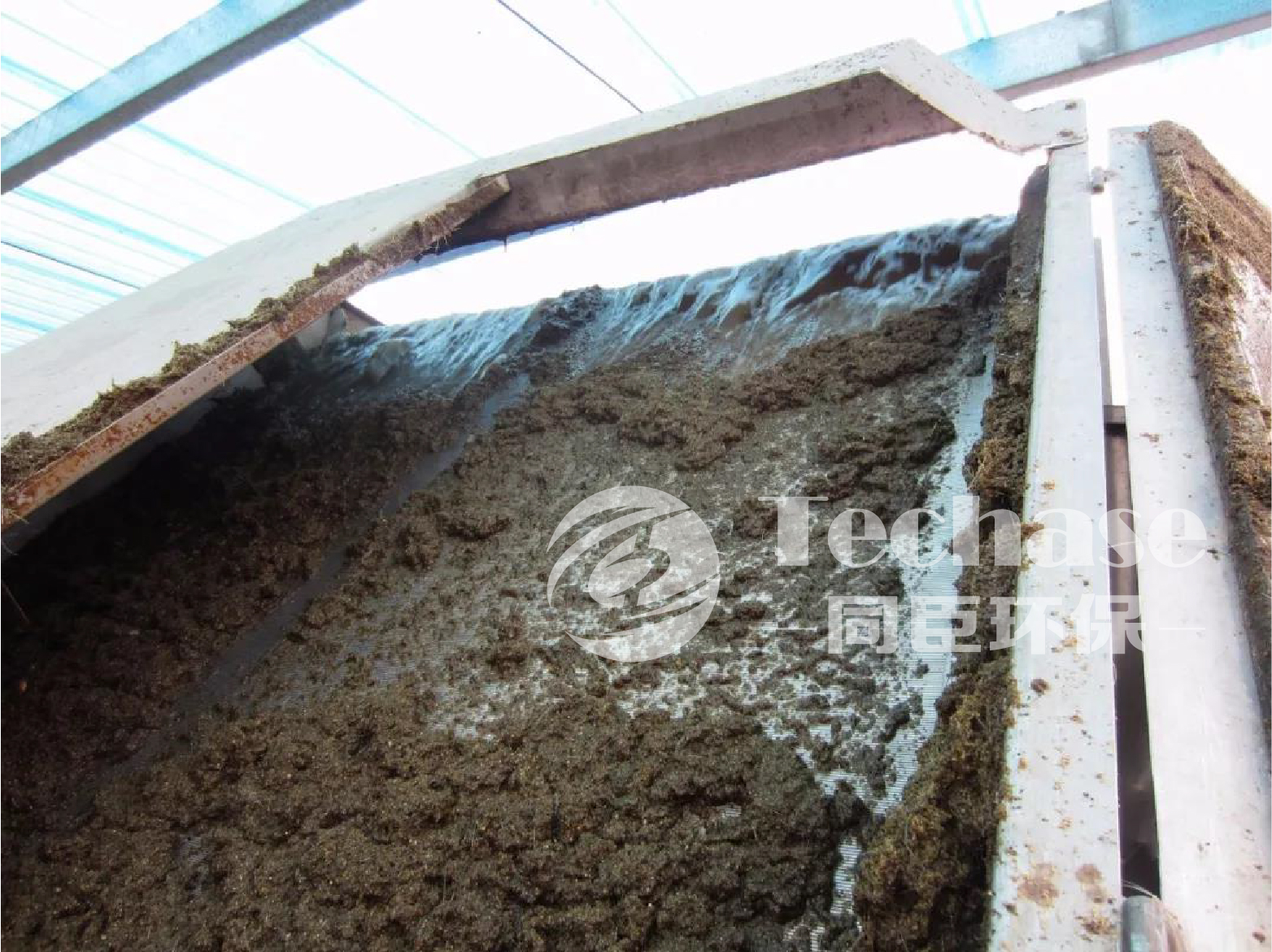
When the sludge inflow exceeds the
capacity, the pressure in the main body is so large that the friction between
moving rings and fixed rings will increase, which is easy for them to be
abraded. Therefore, it is necessary to adjust the sludge inflow according to the
handling capacity to avoid overload operation.
Situation 3: No Maintenance Before Long
Downtime

If you don’t clean MSP before long
downtime, the residual sludge between the moving rings and fixed rings get dry
and hard, which may block and stuck the rings. Keep multi plate screw press
running for half an hour before stop it. If necessary, adjust the back pressure
plate to the maximum gap and let sludge inside to be completely drained. Then
clean the machine.
Situation 4: Hard Objects Enter Into Dewatering
Body
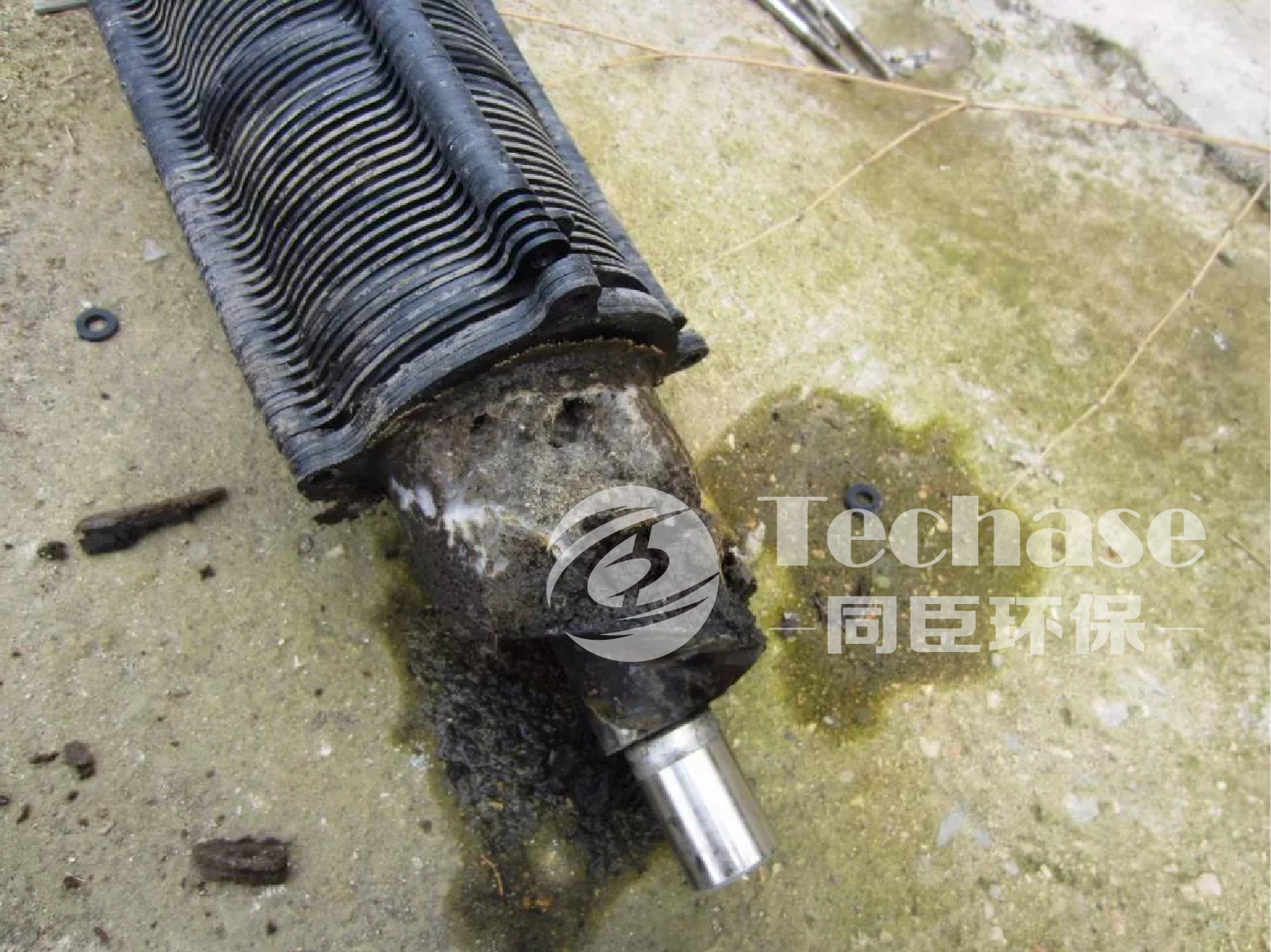
When big slag blocks and other hard objects
enter the dewatering body, the fixed rings and moving rings may be stuck to
make the machine out of order. To avoid the situation, you can add a filter at
the inlet to filtrate large volume hard objects.
Daily Check Guarantees High Efficiency
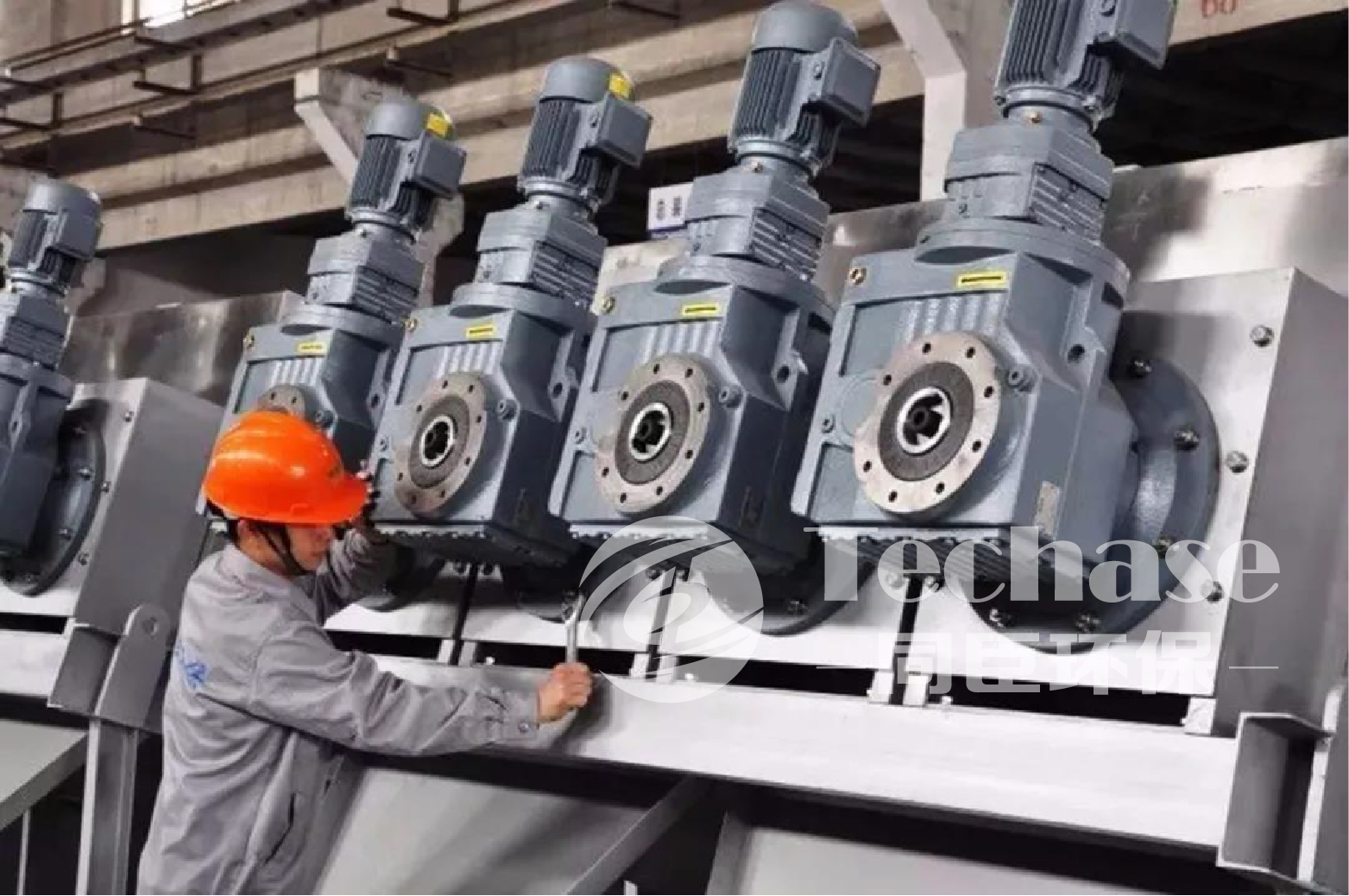
To maintain high efficiency, great quality,
low cost and continuous operaion, the operators should do the daily inspection
and maintenance to prolong its service life and improve the working efficiency.
Equipment Inspection
Equipment inspection is an effective means
to correctly and timely grasp the technical status of the equipment and carry
out equipment condition monitoring and maintenance. It is an important work to
ensure the normal operation by checking the machine, you can discover and
eliminate hazards to prevent the sudden failure and accident.

1.Daily Inspection
The daily Inspection is that the operators
carry out a comprehensive technical inspection of all parts of the equipment
according to the prescribed standards.
2.Key Inspection
The operators check and record the key
parts each shift or at a certain time according to the equipment spot check
card. Maintenance crews do effective maintenance and elimination according to
the spot check card.
3.Regular Inspection
The maintenance screws should conduct a
comprehensive inspection and measurement of the equipment performance to look
for some problems. Besides debugging, they will also make detailed records of
the inspection results as the basis of the equipment maintenance plan.
As for daily maintenance of MSP, cleanness,
tidiness, lubrication, fastening, adjustment, corrosion prevention and safety
should be as the daily maintenance items to check. In addition, establishing an
effective maintenance management system to standardize and supervise for MSP is
also necessary.
Maintenance Management
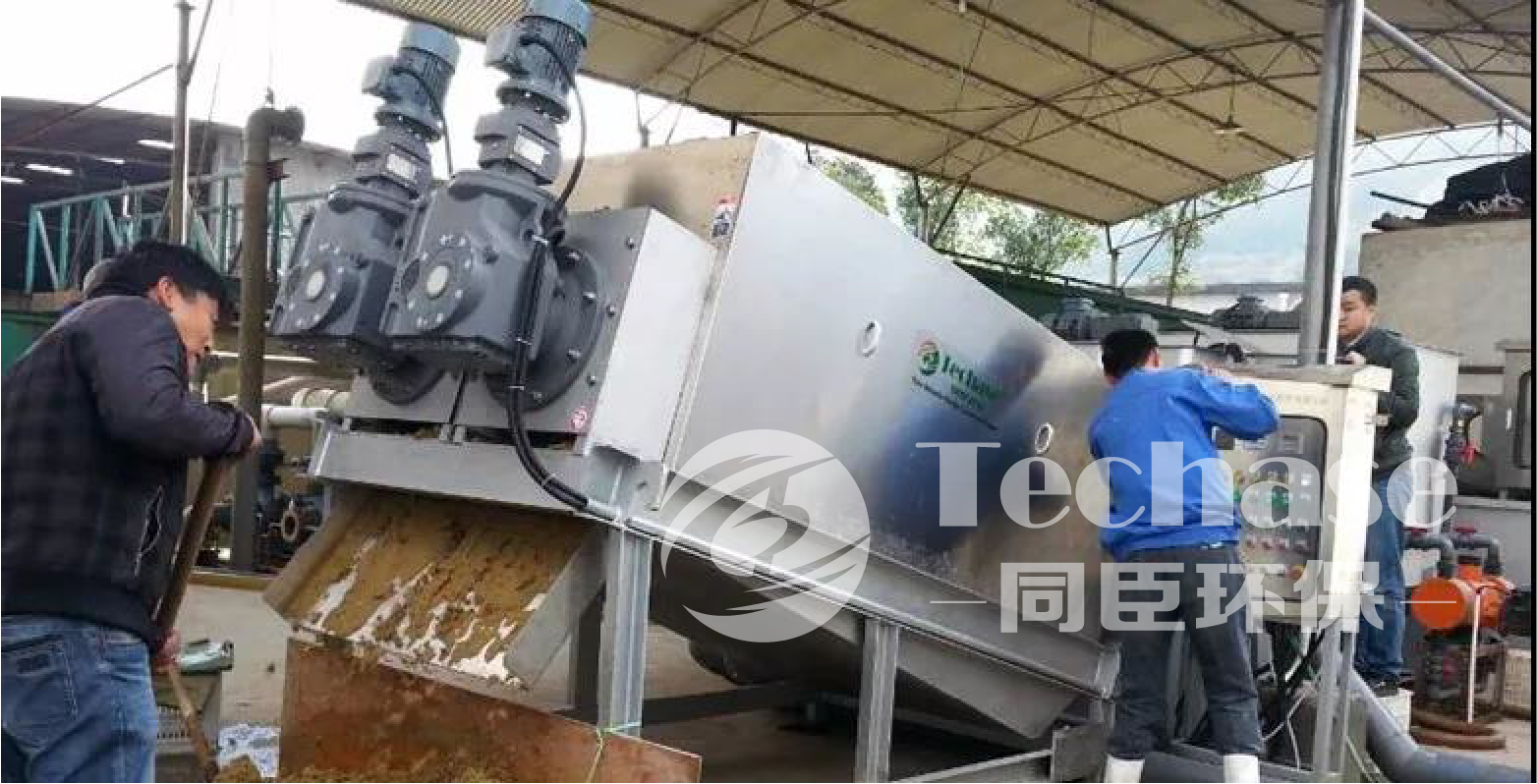
In order to improve the standard of the
equipment maintenance management and build comprehensive management system, normalization,
technologization, institutionalization should be achieved during the
maintenance.

1.Normalization
Normalization is the maintenance of content
unity. For example, Formulate relevant process regulations to normalize which
parts of MSP should be adjusted and which devices should be checked, etc.
2.Technologization
Technologization is to specify the process
of maintenance management according to the applications of MSP in different
crafts, and maintain the system according to relevant process regulations.
3.Institutionalization
Institutionalization, which is based on the
different working conditions of MSP, is to specify different maintenance cycles
and time rules and operators should strictly carry out it.
Trouble Shooting
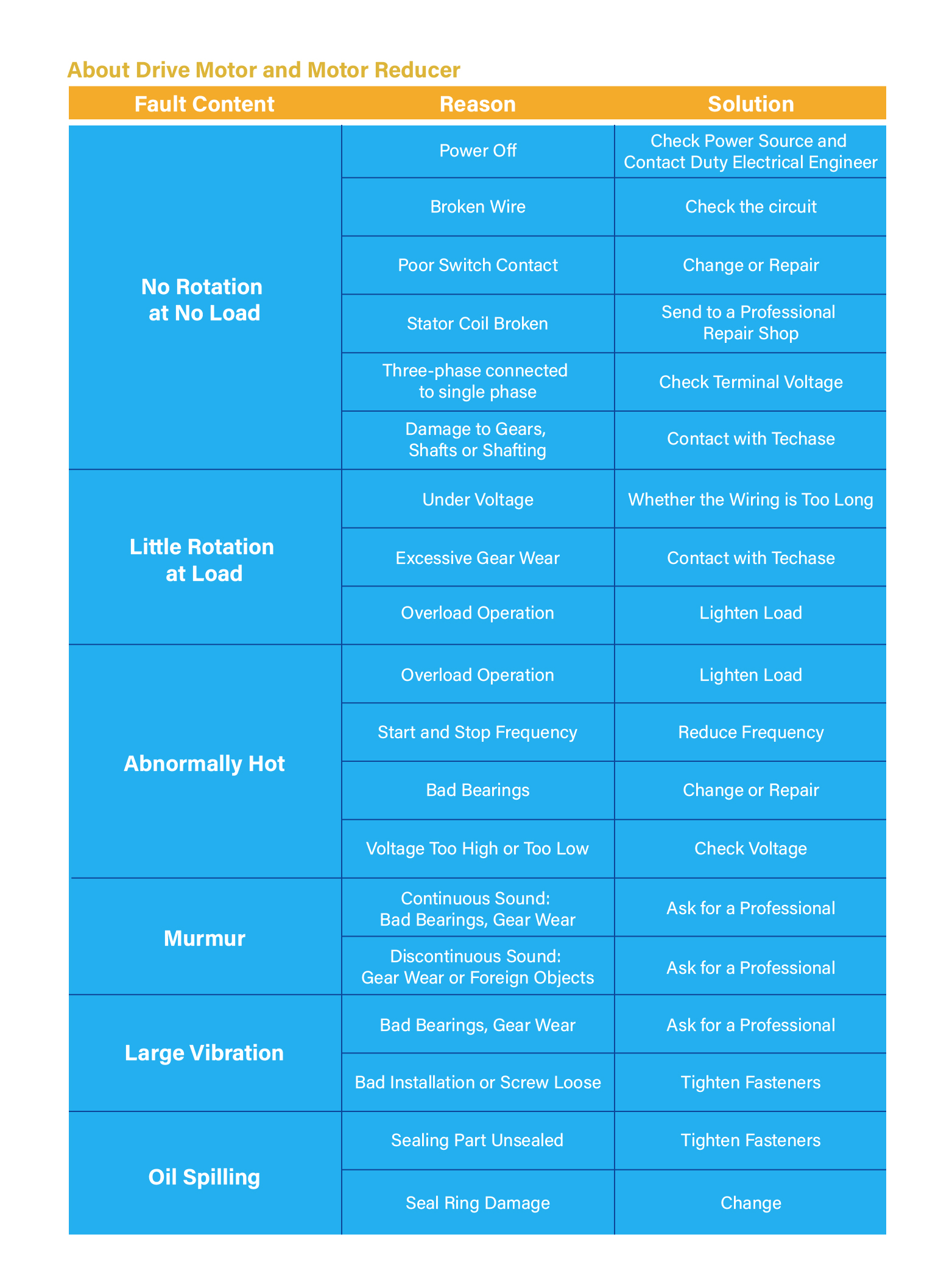

Equipment Debugging Emergency Fault Analysis
& Solutions
1. When cleaning the site manually, the
workers accidentally sprinkle water on the motor, electric cabinet and other
electrical components: Turn off the power and dewater the motor.
2.Accidentally drop tools or other things
into the mixing tank: Turn off the mixing machine, empty the sludge from the
mixing tank, and take out the corresponding material.
3. Accidentally drop the tools and plastic
pipes at the sludge entrance of MSP: Turn off the dewatering motor, open the
bellows behind the dewatering machine, adjust the direction of rotation of the
dewatering motor, turn on the motor, wait until you see something back, turn
off the dewatering motor and take out the things that fall in.
4.In the operation of back pressure plate
clearance adjustment, drop tools into the screw conveyor: Turn off the screw
conveyor, open the cover plate on the screw shaft and take out the tools.
5.When operating the dosing system, sludge
pump and mixing tank, accidentally encounter splashing liquid: Use different
cleaning methods according to different liquids.
6.During the debugging, a power failure
occurred suddenly and the equipment is not emptied: Turn off the control switch
on MSP, clean and empty the machine after power supply.
7.During the debugging, due to the problems
of dosage or sludge intake, the sludge cake discharged from the sludge outlet
has a high moisture content or contains a large amount of liquid into the screw
conveying system: Stop screw motors, sludge feeding pumps and MSP.
8.During the debugging, the sludge cake
storage tank has been filled with sludge cake: Stop MSP system.



















